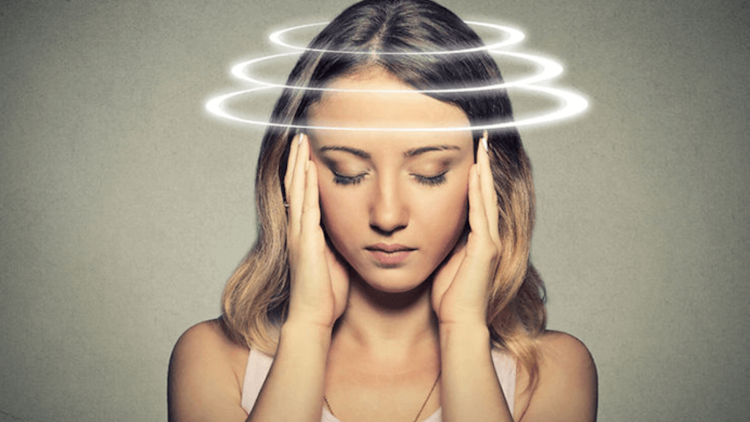December 18, 2020
1m 28s
Share:
Vertigo is a common discomfort. However, it can be part of the medical picture of a more serious pathology, such as vertiginous syndrome.
The Vertiginous Syndrome is a set of signs and symptoms that are diagnosed when the patient refers that the objects around him turn or are in movement. Some of the signs are: difficulty for walking or instability, nausea, paleness, sweating and vomiting.
Vertiginous Syndrome affects a circuit that can be the ear vestibular apparatus, nerve or brain. There are different types of vertigo:
1) Benign Paroxysmal Positional Vertigo: the person gets up and feels that things turn, but if stays still the sensation disappears.
2) Spontaneous Recurrent Vertigo: it has no cause. The person suffers vertigo for several hours, the sensation passes and after a few days he feels it again for a few hours.
3) Vascular Vertigo: is accompanied by other symptoms that show failures of the central nervous system, such as double vision, weakness to move arms, legs, tingling in the face and arm.
4) Vestibular Migraine: vertigo for a few hours and then the headache appears. A migraine can cause dizziness in the ear and vertigo in the brain.
5) Menière’s disease: it presents intense vertigo, the appearance of buzzing and progressive decrease of hearing in one ear.
6) Sustained spontaneous vertigo: it can last several days and is produced by the inflammation of the nerve that connects the ear with the brain.
How to prevent it?
Exercise to maintain a more solid vestibular system.
Get up slowly and take time to turn on the light.
Go to the doctor when any symptoms occur.
How does the Hyperbaric Chamber helps?
The application of hyperbaric oxygen for the treatment of vertiginous syndrome is a modern and effective solution with evidence of good clinical results. Treatment with a hyperbaric chamber increases the amount of oxygen transported by the blood and this generates a strong hyperoxia that produces the reduction of inflammation and edema of all the tissues of the body. The stimulation of the circulation and greater oxygen supply to the cells of the inner ear occurs, which diminishes or disappears the symptoms in a few sessions.
SOURCE
Buena Salud Magazine
Share:
Related

